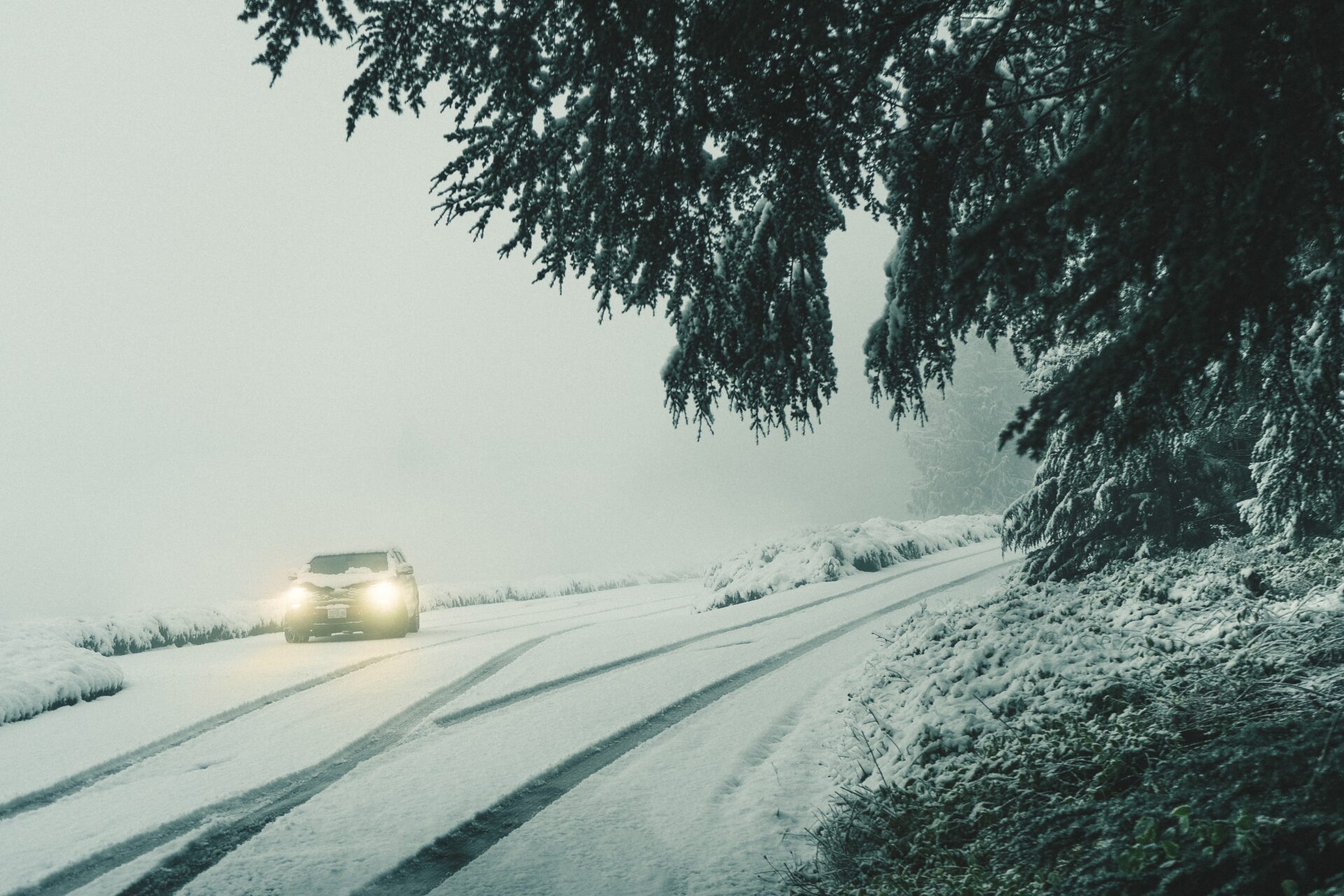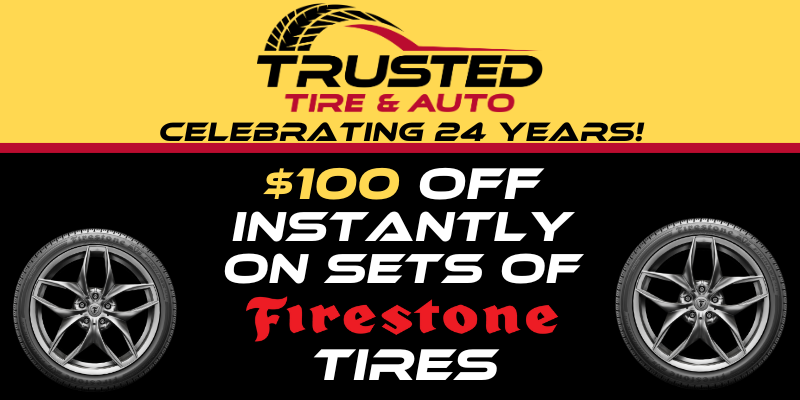North Dakota, known for its stunning landscapes and challenging winters, is a state where vehicle maintenance takes on special significance. The extreme weather conditions, including harsh winters and the use of road salt, can wreak havoc on your vehicle’s exterior. Addressing vehicle rust is a crucial part of vehicle ownership in this state. In this article, we will explore the importance of rust prevention and how regular maintenance can keep your vehicle looking and performing its best, with a special mention of Trusted Tire & Auto Repair, your go-to partner for automotive care in North Dakota.
Understanding Vehicle Rust
A. Causes of Rust in North Dakota
1. Harsh Winter Conditions
North Dakota winters are notorious for their bone-chilling temperatures and heavy snowfall. These conditions create a perfect storm for rust development. Moisture from snow and ice can seep into small cracks and crevices, accelerating the corrosion process.
2. Salt on the Roads
To combat icy roads, salt is commonly used, posing a significant threat to your vehicle’s undercarriage and body. While effective at melting ice, road salt accelerates rust formation when it comes into contact with your vehicle’s metal components.
B. Common Areas Prone to Rust
1. Undercarriage:
Your vehicle’s undercarriage is particularly vulnerable to rust due to its proximity to the road and constant exposure to salt, moisture, and debris.
2. Wheel Wells
Wheel wells, often overlooked, can collect salt and moisture, creating an environment conducive to rust.
3. Door Sills
The area where the doors meet the body of your vehicle is another common spot for rust development. Water and debris can accumulate here, leading to corrosion over time.
Signs of Rust on Vehicles
A. Visual Indicators
1. Brown Spots or Bubbles on Paint
One of the first signs of rust is the appearance of small brown spots or bubbles on your vehicle’s paint. These indicate that corrosion has already begun beneath the surface.
2. Peeling or Flaking Paint
As rust progresses, it can cause the paint to peel or flake off, leaving your vehicle exposed to further damage.
B. Structural Indicators
1. Weak Spots or Holes on Body Panels
When rust penetrates deep into the metal, it weakens the structural integrity of your vehicle, forming weak spots or even holes in body panels.
2. Rusty or Loose Bolts and Brackets
Components such as bolts and brackets that secure various parts of your vehicle can also succumb to rust. If you notice these components looking rusty or becoming loose, it’s a sign that corrosion is at work.
Preventive Measures to Protect Against Rust
To safeguard your vehicle from rust, consider these preventive measures:
A. Regular Car Washes and Undercarriage Cleaning
Frequent car washes and undercarriage cleaning can help remove salt and debris that promote rust formation.
B. Waxing and Sealing the Paint
Applying wax and sealants to your vehicle’s paint provides an extra layer of protection against the elements.
C. Applying Protective Coatings to Vulnerable Areas
Protect vulnerable areas like the undercarriage, wheel wells, and door sills with specialized coatings designed to repel moisture and inhibit rust.
Dealing with Existing Rust
If you discover rust on your vehicle, it’s essential to address it promptly:
A. Identifying the Extent of Rust Damage
Assess the extent of the rust damage to determine whether it’s surface-level or deeper corrosion.
B. Sanding and Removing Surface Rust
Surface rust can often be removed with sanding and rust removal products.
C. Treating Deeper Rust with Rust Converters or Neutralizers
For more severe rust, consider using rust converters or neutralizers to halt the corrosion process before repairs.
In conclusion, addressing vehicle rust in North Dakota is a vital aspect of vehicle ownership. Regular maintenance and rust prevention measures can significantly extend the lifespan and aesthetic appeal of your vehicle in this challenging climate. Trusted Tire & Auto Repair is your trusted partner for all your automotive needs in North Dakota, including rust prevention, maintenance, and repair. Don’t wait until rust takes a toll on your vehicle; take proactive steps to protect it and keep it in top-notch condition for years to come.


